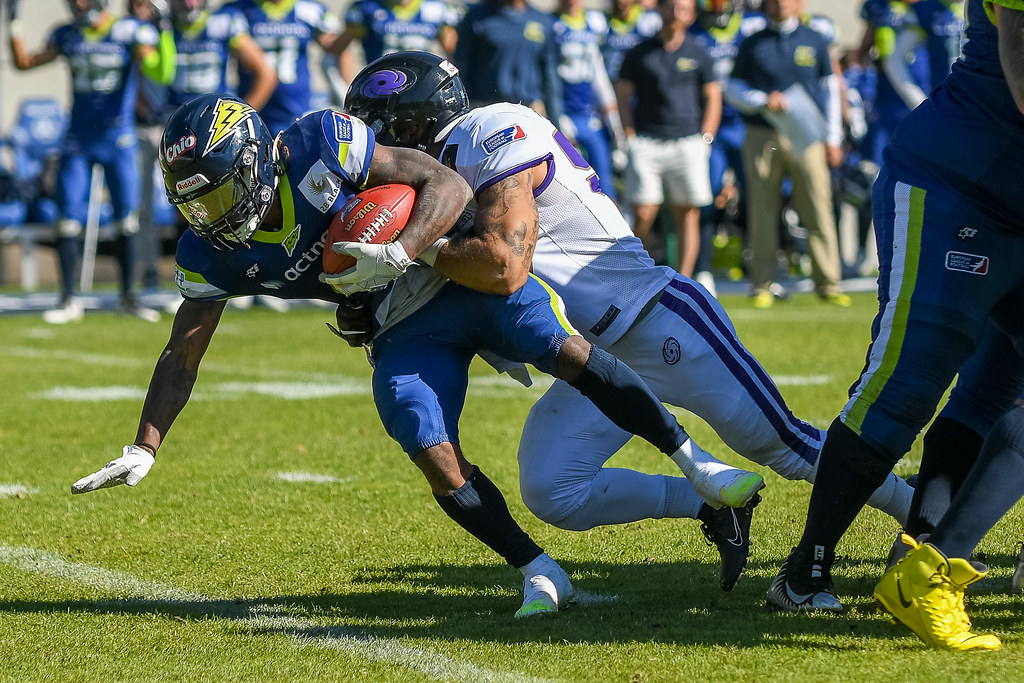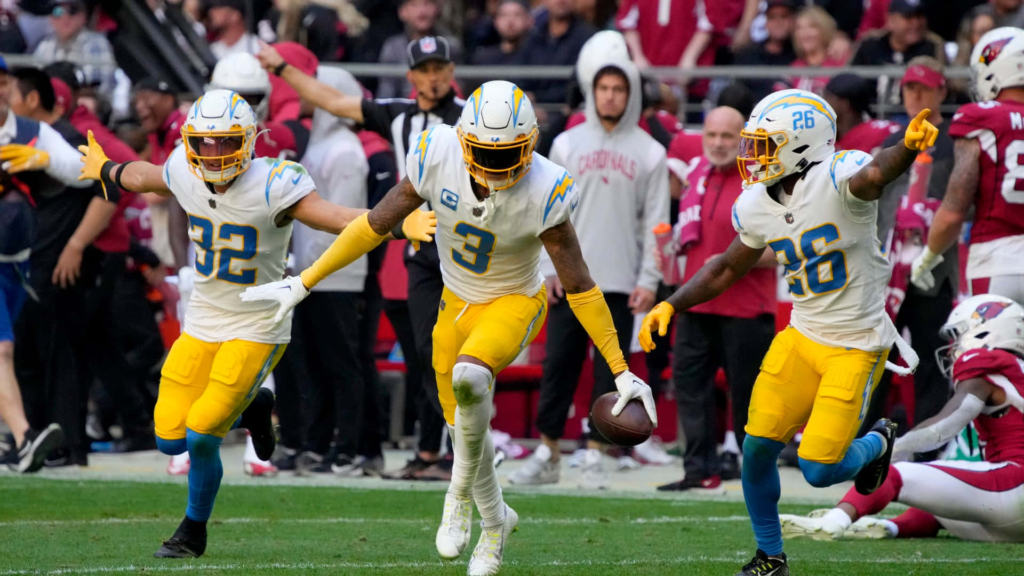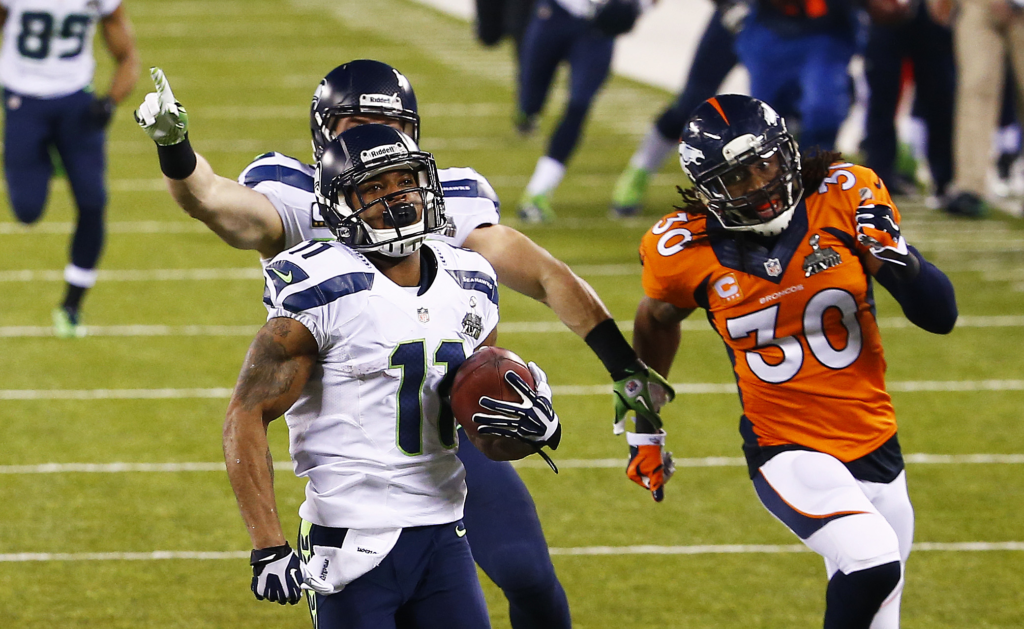The Evolution of American Football: From Past to Present
American football, often regarded as the nation’s favorite pastime, has undergone tremendous evolution since its inception in the late 19th century. The game that we know today is a blend of cultural influences, technological advancements, and a history of reform that has reshaped the sport into a thrilling spectacle enjoyed by millions. This article takes a closer look at the journey of American football, from its humble beginnings to its position as a multi-billion-dollar industry today.

The Origins of American Football
The origins of American football trace back to the mid-1800s when rugby and association football (soccer) were the dominant sports. At that time, American colleges and universities were experimenting with different types of football games. The first game that resembled what we know as American football today was played on November 6, 1869, between Princeton and Rutgers. However, this game was closer to soccer than the football we watch today.
In the early years, the game was largely unregulated, with each college and university having its own set of rules. This created a patchwork of variations that hindered the growth of the sport. It wasn’t until Walter Camp, a coach and sports theorist at Yale University, came along in the 1880s that the game began to take shape. Camp is often called the “Father of American Football” for his work in standardizing rules such as the creation of the line of scrimmage, the concept of the quarterback, and the introduction of downs.
The Early 20th Century: The Rise of Professional Football
The turn of the 20th century marked the beginning of professional football leagues, but the sport was still very much in its infancy. The National Football League (NFL), which today represents the pinnacle of professional football, had yet to be established. The first professional league was the American Professional Football Association (APFA), which was formed in 1920. This league would eventually become the NFL in 1922.

During this time, the sport began to evolve from a chaotic and violent contest to a more organized and standardized game. The introduction of forward passing in the 1920s helped diversify the offensive playbook, and football began to appeal to a broader audience. This period also saw the rise of legendary players such as Red Grange, whose influence helped the game gain national attention.
The Mid-20th Century: Television and the Golden Age of Football
The 1950s and 1960s marked a significant turning point in the popularity of American football. With the rise of television, football was now being broadcast into living rooms across America. This allowed fans to follow their favorite teams and players with ease, fueling the sport’s nationwide appeal.
The NFL, during this time, began to gain serious traction as the premier league for professional football. Teams like the Green Bay Packers, under the legendary Vince Lombardi, became dominant forces in the league, and players like Johnny Unitas and Jim Brown helped solidify the sport’s popularity.
In 1966, a major milestone in the evolution of American football occurred with the creation of the Super Bowl. The first Super Bowl was played in January 1967 between the NFL champion Green Bay Packers and the AFL champion Kansas City Chiefs. Today, the Super Bowl is not just a football game; it’s a global event watched by millions, featuring halftime shows, commercials, and a cultural celebration.
The Modern Era: Sports Science and High-Tech Enhancements
As we move into the 21st century, American football continues to evolve, with innovations in player safety, athletic training, and game technology. The sport is now a global phenomenon, attracting attention not only in the U.S. but also in countries like Mexico, the UK, and Japan. The introduction of instant replay in the 1980s and its widespread use in the modern era has significantly changed how the game is officiated, adding an extra layer of precision and accountability to refereeing.

One of the most significant advancements in recent decades has been the focus on player safety. As the sport became more popular and the players grew larger and stronger, the risk of injury increased. The NFL and other football organizations began to implement stricter regulations to protect players. This includes the introduction of helmet technology, new concussion protocols, and safer tackling methods to reduce the risk of head injuries.
Additionally, sports science has played a major role in shaping the modern game. Training regimens, nutrition plans, and recovery methods have all contributed to improving player performance and extending careers. Technology, including wearable devices that monitor players’ health metrics, has also been integrated into team strategies to enhance performance.
The Cultural Impact of American Football
Beyond the field, American football has become an integral part of American culture. It brings communities together, creates economic opportunities, and serves as a platform for social change. The NFL, as the most popular and lucrative league, plays a significant role in American society. Game days are a nationwide spectacle, with millions tuning in to watch, while local businesses benefit from the thriving football economy.
The sport also reflects the broader social landscape. Issues such as race, politics, and social justice have intersected with the game, most notably with the actions of players like Colin Kaepernick, who sparked a national conversation about police brutality and racial inequality by kneeling during the national anthem in 2016. These moments illustrate how the sport is intertwined with the larger cultural and political issues of the time.
Moreover, American football serves as an economic powerhouse, generating billions of dollars annually in revenue. From merchandise sales to ticket sales and advertising deals, football is a major industry that supports a wide range of jobs and businesses. The economic impact of the Super Bowl alone, with its high-profile commercials, celebrity performances, and massive viewership, reaches far beyond the realm of sports.
The Future of American Football
Looking ahead, the future of American football appears as dynamic as its history. Innovations in technology will likely continue to shape the game, with advancements in virtual reality and augmented reality potentially enhancing the fan experience. The league may also expand its international presence, bringing games to countries like China and Europe, further solidifying its status as a global sport.

Additionally, as player safety continues to be a major priority, we may see even more changes to the rules of the game in an effort to protect athletes. The NFL has already implemented changes to the kickoff and tackling rules to reduce injuries, and these developments are likely to continue.
With increasing participation at the youth and college levels, American football will also continue to be a major part of American life. The sport’s reach is growing, thanks to the popularity of fantasy football, video games, and the growing fan base for both the NFL and college football.
Conclusion
The evolution of American football has been marked by constant change and innovation. From its humble beginnings on the college campus to its current status as a global sport, football’s history is a testament to its resilience and adaptability. As we move forward, the sport will continue to evolve in response to new technologies, cultural shifts, and a deeper understanding of player safety. The future of American football remains bright, and its place in American culture is secure.
- Learn more about the history of American football here.
- Check out NFL’s player safety innovations here.
Also read – How U.S. Sports Became Best Worldwide Cultural Phenomenon






